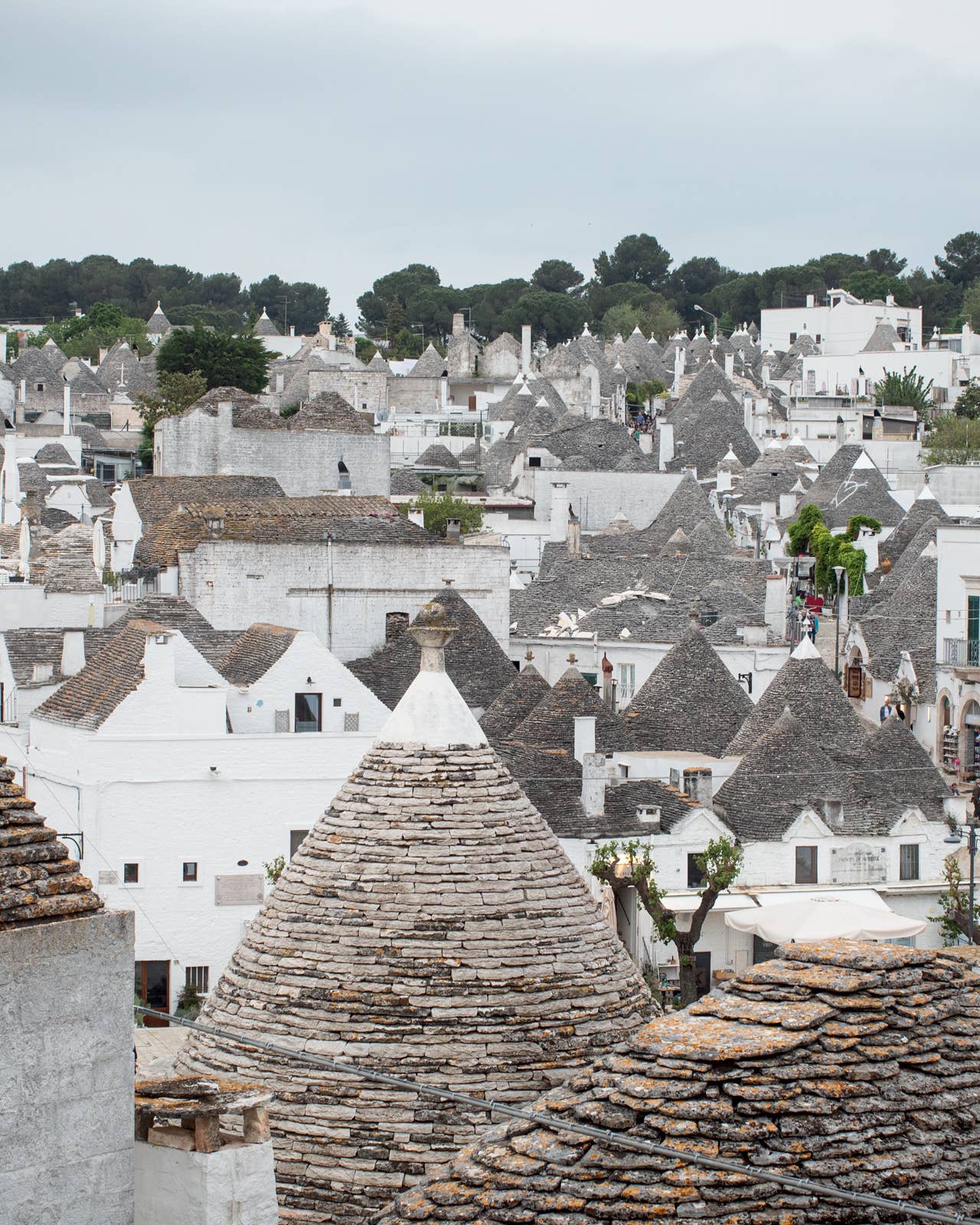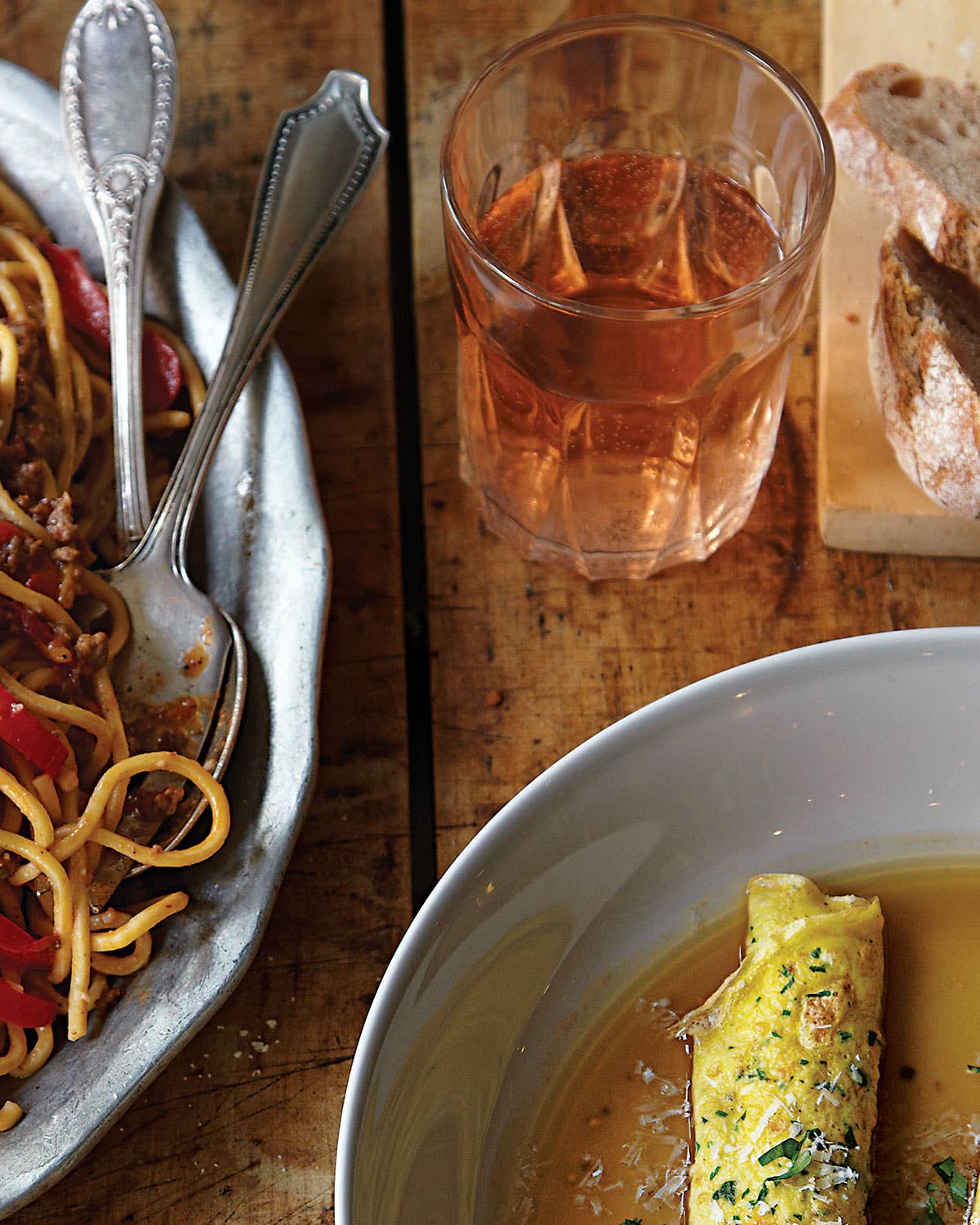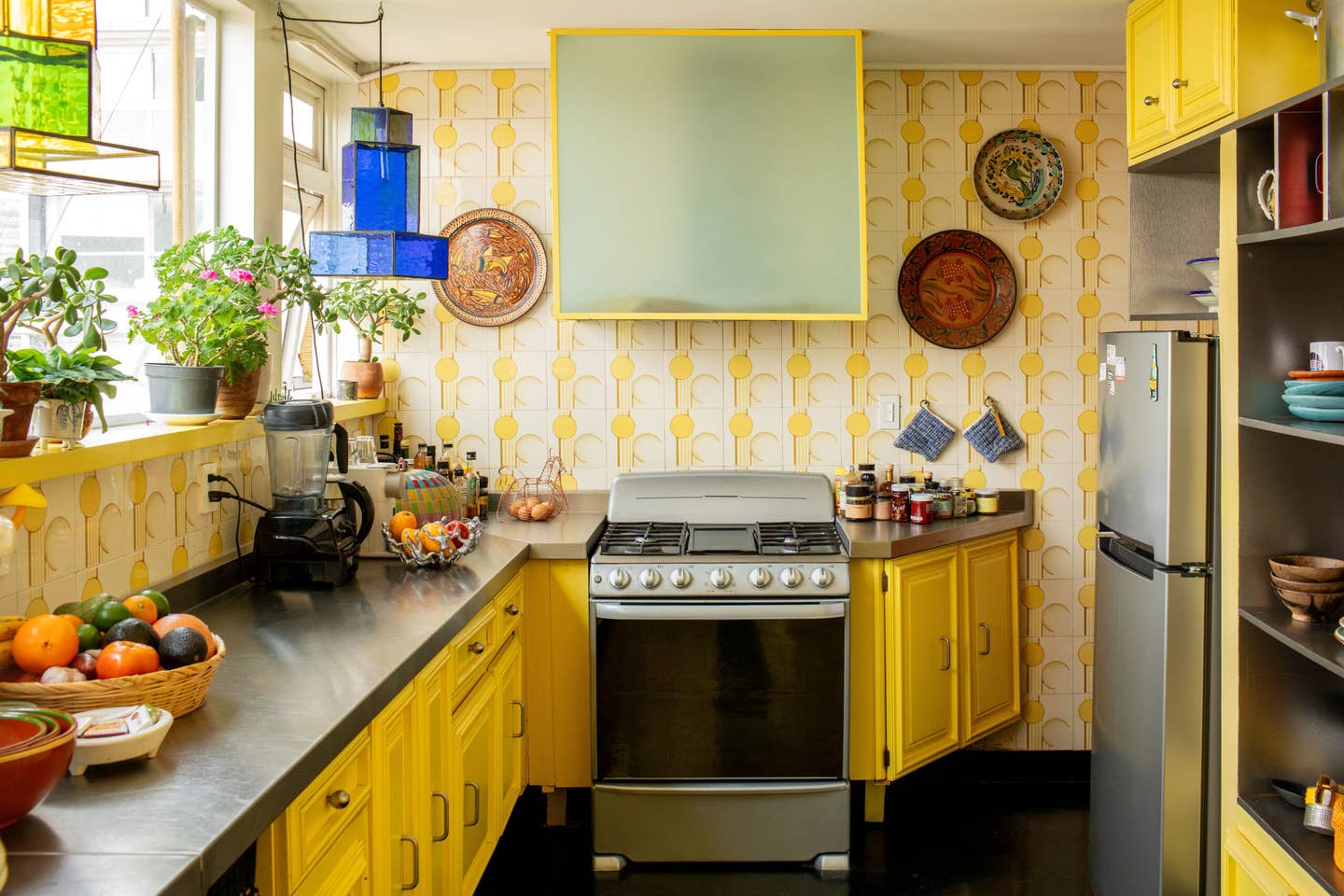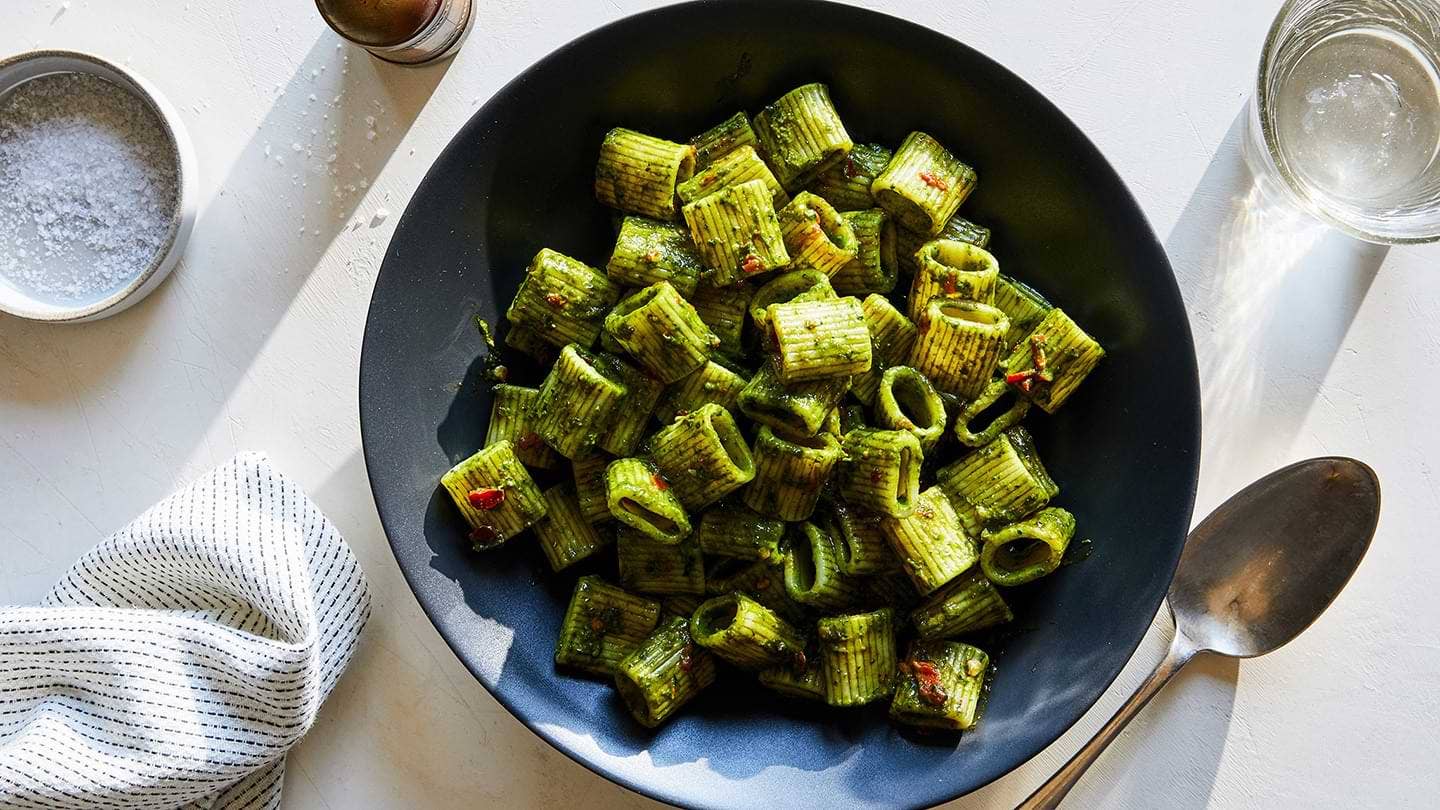A Love Letter to Gianduja, the Perfect Union of Hazelnuts and Milk Chocolate
In the Italian city of Turin and beyond, the centuries-old confection endures.
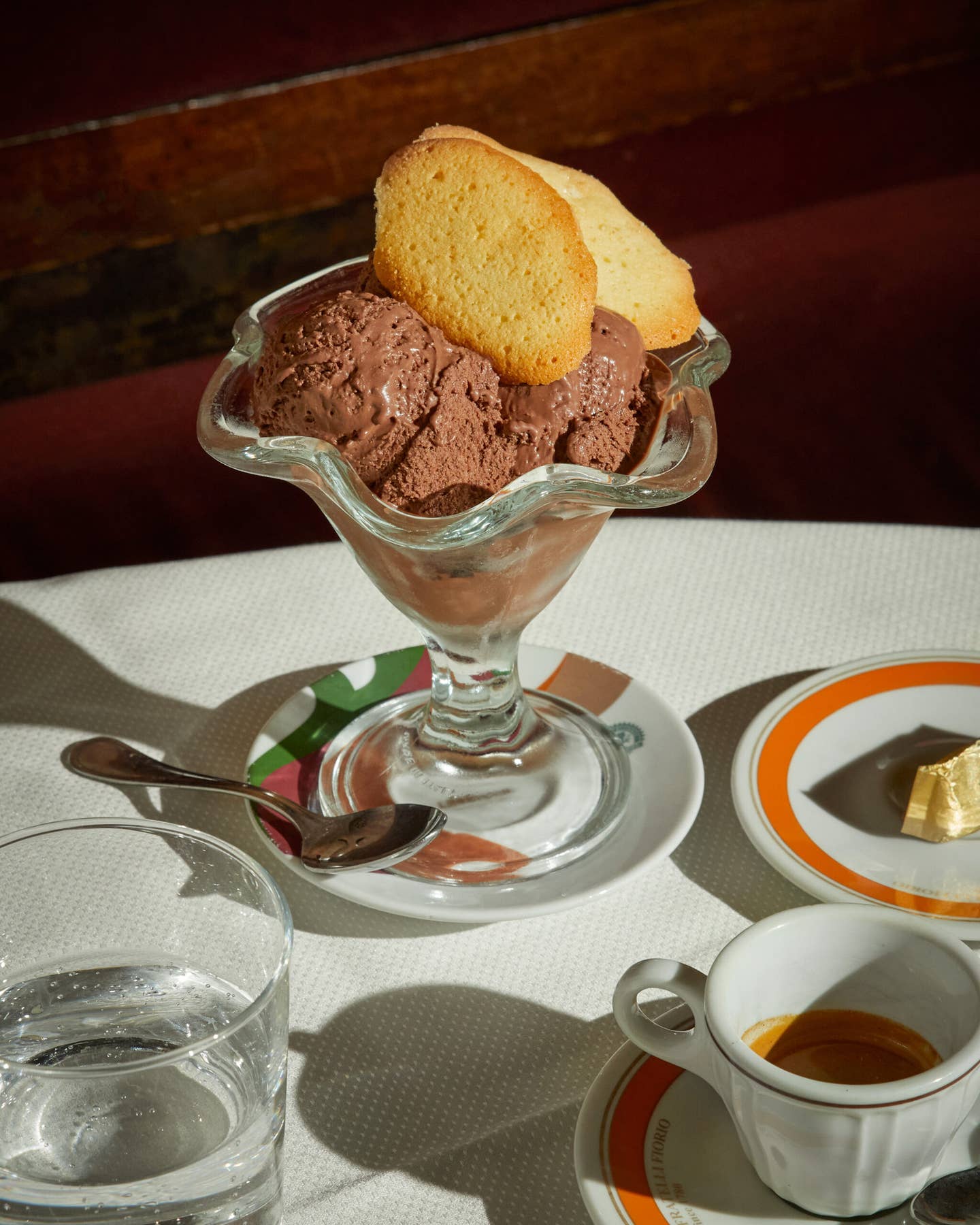
While walking through Borgo Rossini, a tranquil neighborhood in Turin, the aroma of roasting cacao hangs in the air, a sensory signpost of the Guido Gobino chocolate factory. I had come to the northern Italian city not for chocolate but for hazelnuts—specifically the Tonda Gentile Trilobata hazelnut—which many gastronomes consider the greatest in the world. Its unparalleled richness and delicate texture enticed me to the hills of Piedmont’s Langhe region, where I visited farms and festivals dedicated to this local specialty. Eventually, the remarkable nut brought me here, to this fabbrica di cioccolato, where it’s ground to a paste and expertly blended with milk chocolate to make the confection known as gianduja.
Ubiquitous across northern Italy, gianduja is often prepared and sold in bar form, a shape most suitable for baking. But since 1964, the Gobino family has also made some of the region’s best giandujotti, bite-size gianduja treats relatively unknown outside the country. Molded into an instantly recognizable boat shape and enveloped in golden foil, giandujotti are said to be the world’s first wrapped chocolates—for practical reasons. As Gobino’s soft candy melts between the warmth of my fingers, I’m inclined to believe it.
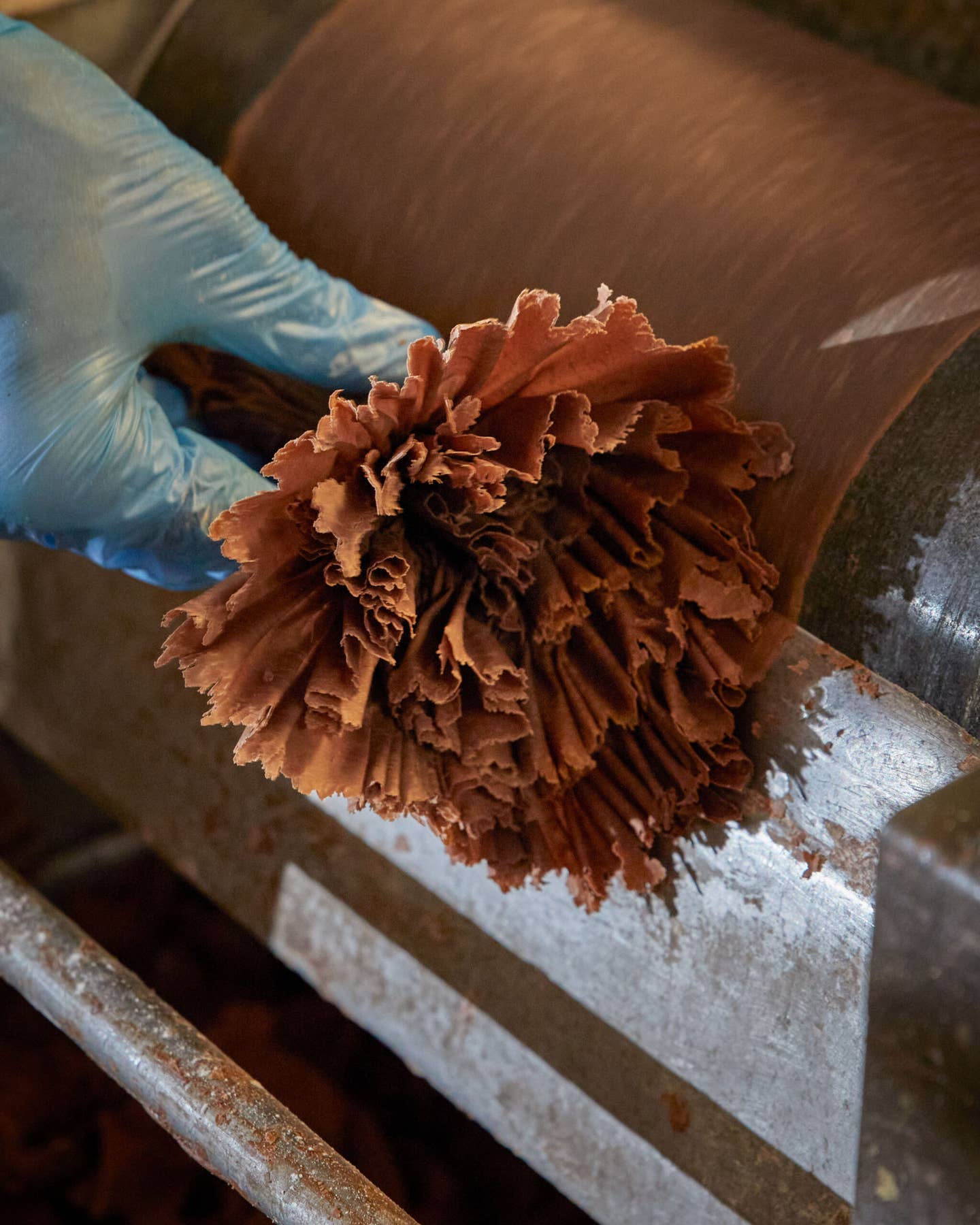
Turin’s centuries-old union between chocolate and hazelnut is also, surprisingly, practical: In the early 1800s, as one telling of the story goes, Napoleon placed embargoes on a number of luxury goods imported by the British, among them Mesoamerican cacao beans. The city, known even then for its chocolate production, was at a loss; but one company, Caffarel Prochet, recognized the value of the local hazelnuts and decided to pulverize them to extend the chocolate supply. Thus, it’s said, gianduja was born, a byproduct of Napoleon’s imperialism.
Even if the truth of these events is difficult to verify, the combination of chocolate and hazelnut has captured hearts all over the world, most notably in the form of Nutella. But if Nutella is a global enterprise, gianduja is high art: The confection must contain at least 20 percent hazelnuts by E.U. standards, and any gianduja above 39 percent, as Gobino’s is, requires careful tempering by a master to ensure a smooth emulsion. The giandujere, as these artisans are known, spend a minimum of five years perfecting the skill. At Gobino’s factory, most of the staff can identify the roasting beans’ country of origin by aroma alone. Giacinta Ruggiere, a giandujera with 25 years of experience, says “the Indonesian is especially obvious.” Her mastery is apparent in the way she deftly manipulates the gianduja paste, wielding both hands over the steel bench in a graceful dance. “The work is tiring,” Ruggiere tells me, “but rewarding.”
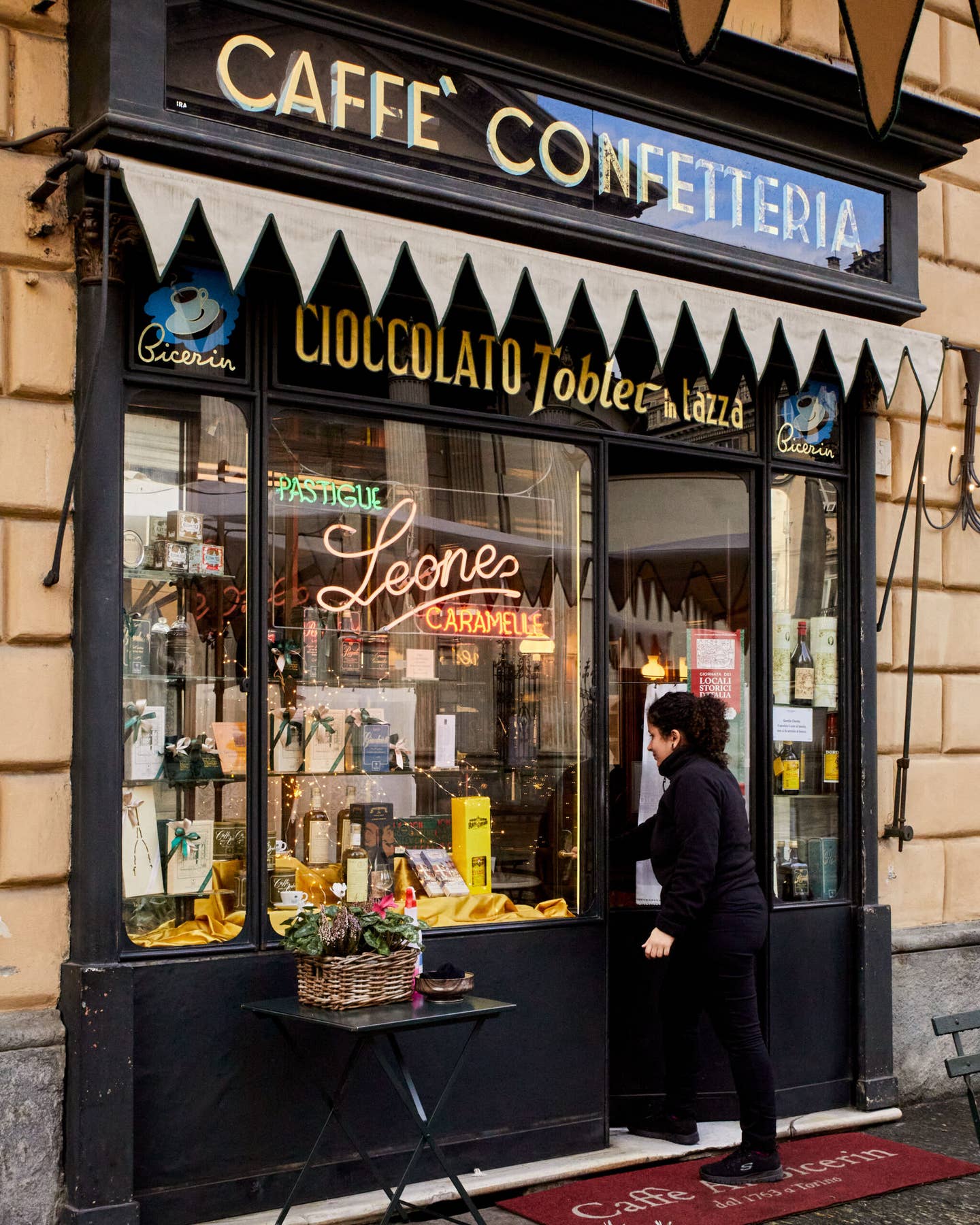
At nearby Caffè Al Bicerin, just across the river in Piazza della Consolata, the region’s obsession with chocolate and hazelnuts is even more apparent. Frequented by the likes of Ernest Hemingway and Friedrich Nietzsche, the café has welcomed so many patrons since it opened in 1763 that the current owner, Alberto Landi, tells me, “When I take down the blinds each day, the only light that creeps in is under the front door, where a dip has formed in the marble under the weight of so many feet.” Glittering giandujotti morsels line the shelves, and a classic torta di nocciola, or hazelnut cake, is likely to be served alongside a bicerin, the shop’s namesake drink, a carefully layered concoction of chocolate ganache, coffee, and frothed milk. Here, in Turin, is the apex of centuries-old fusion food: a world-renowned hazelnut meets the finest bittersweet cacao. Thankfully, their marriage endures.
Recipes
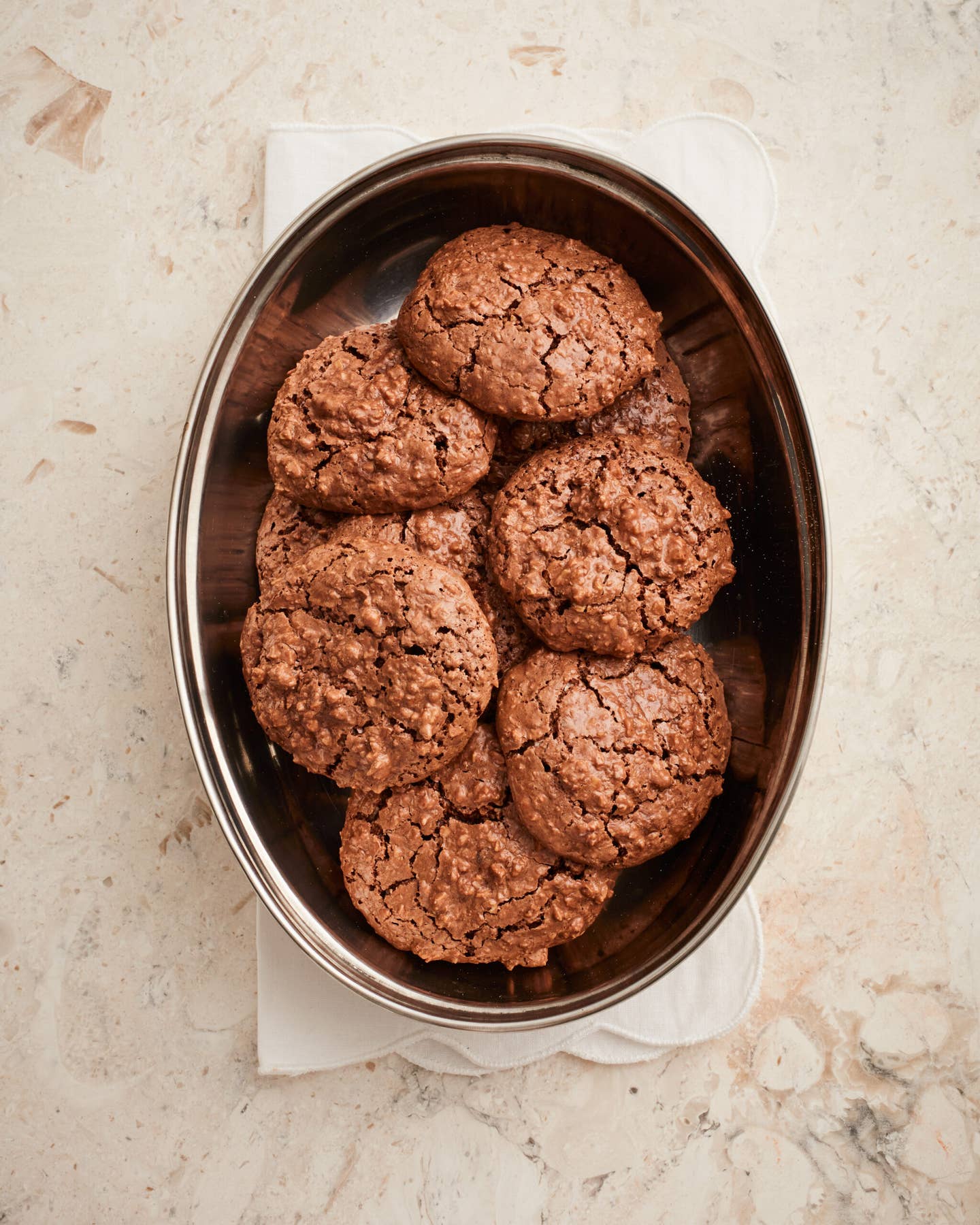
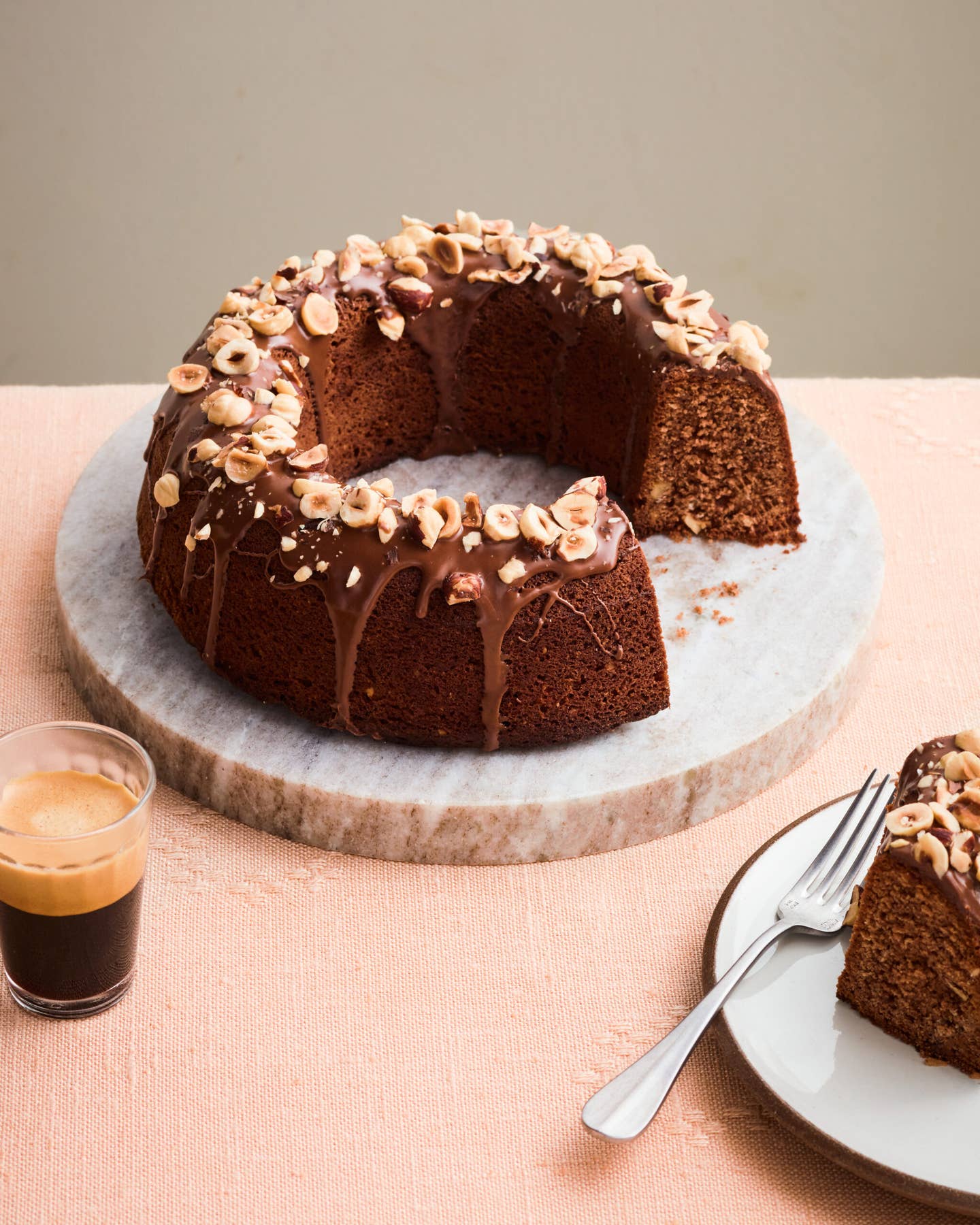

Keep Reading
Continue to Next Story
